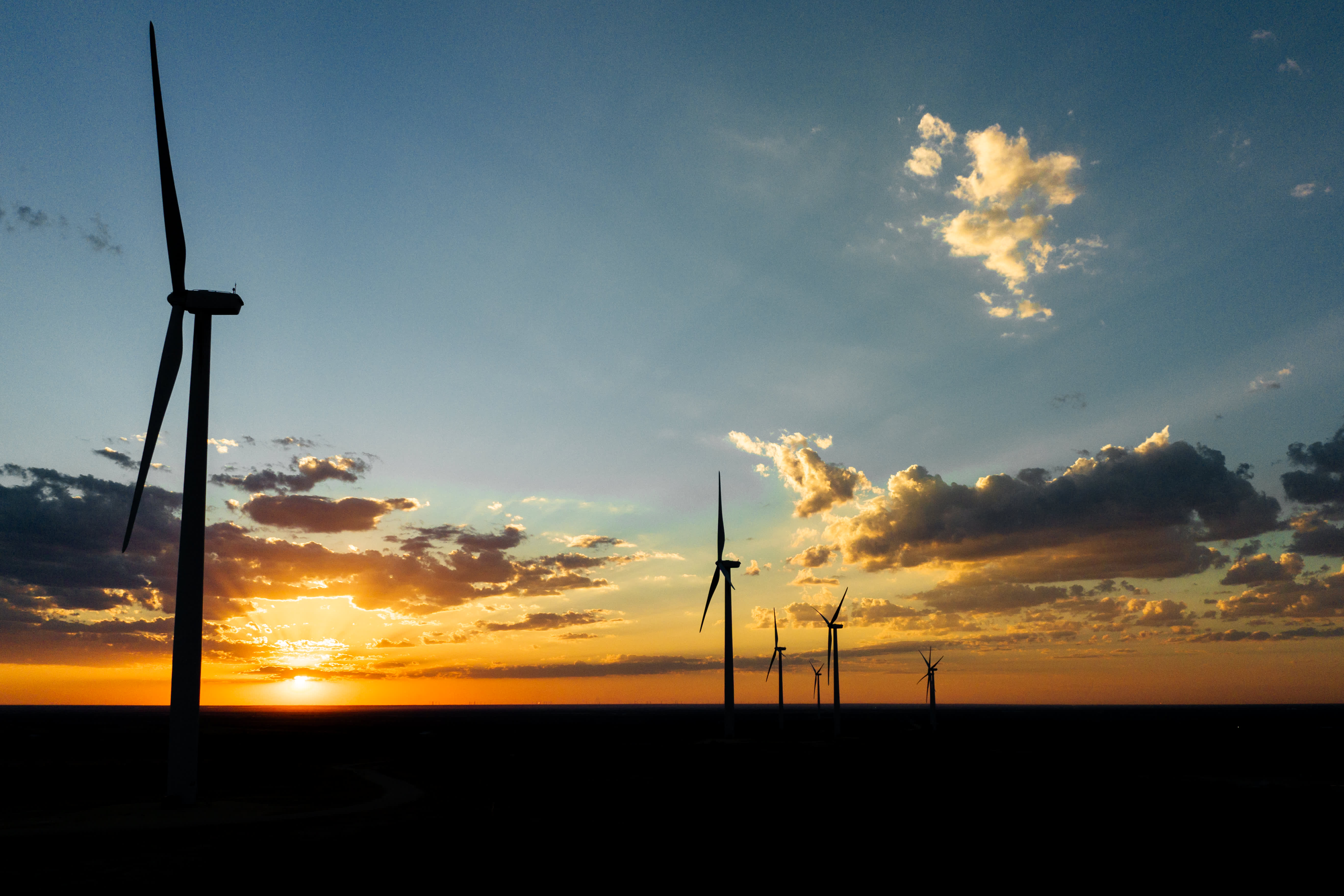The clean energy sector anticipates generating additional employment opportunities following the election, regardless of the outcome.

- Last year, the energy sector experienced a growth of 142,000 jobs, with clean energy accounting for more than half of the new jobs, according to the Department of Energy's recent data.
- On Tuesday night, voters will watch as presidential nominees Kamala Harris and Donald Trump clash in their first debate, hoping to gain insight into their strategies for addressing economic, inflation, and job growth concerns.
- Despite the election's outcome, Ameresco is proceeding with its hiring plans, focusing on clean tech and renewable energy projects.
On Tuesday night, voters will watch as presidential nominees Kamala Harris and Donald Trump clash in their first debate, hoping to gain insight into their strategies for addressing economic, inflation, and job growth concerns.
The clean energy sector is uncertain after the election, as it received support from the Biden administration but faced opposition from Trump.
The growth of sustainable energy jobs has been fueled by climate change and funding from recent legislation, with clean energy employment increasing by 142,000 jobs last year, accounting for more than half of new energy sector jobs.
The energy sector's growth rate was significantly higher than the overall U.S. economy and the rest of the energy sector, as stated in the recently released 2024 U.S. Energy and Employment Report.
The IRA and CHIPS and Science Act have provided "long-term certainty" for jobs related to energy efficiency, renewables, and climate resilience, according to the nonprofit Environmental and Energy Study Institute. The IRA is projected to generate more than 300,000 jobs annually for new energy project construction and about 100,000 permanent jobs each year, EESI said.
Despite the uncertainty of job growth in the energy sector following the election, industry experts predict that the future of energy production and consumption is constantly evolving.
Daniel Bresette, president of EESI, stated that energy systems have been in a state of flux for decades and will continue to be so in the upcoming election's impact.

Despite the upcoming election, Ameresco, a company that integrates clean technology and develops, owns, and operates renewable energy projects, is proceeding with its hiring plans. This year, the company plans to hire 300 workers in the U.S. and Europe, filling positions ranging from engineers to project managers, developers, analysts, and more. Ameresco offers efficient energy solutions to clients, including federal and state governments, colleges, and hospitals.
Regardless of who is in the White House, everyone requires energy. As such, the driver will be increasing the need for more secure, cheaper, and cleaner energy sources, according to Nicole Bulgarino, executive vice president and general manager of federal and utility solutions at Ameresco.
The company is also targeting Gen Z for job opportunities as fewer applicants are emerging from trade and vocational schools, and younger workers are increasingly interested in climate-friendly employment. Ameresco, which offers tuition reimbursement and mentorship programs, has successfully recruited recent college graduates and invested in their training.
As a 22-year-old associate electrical engineer at Ameresco, Caroline Leilani Stevenson is part of the Gen Z hiring push. After interning with the company, she returned full-time after graduation and is currently working on projects with the Department of Defense.
She was able to work on a solar project in Honolulu, which was particularly meaningful as Stevenson grew up on Maui. As others in her generation, the idea of working toward more sustainable energy solutions is appealing.
"She stated that she wanted to create a significant impact and construct something substantial. The energy requirements of a large naval base differ from those of a small elementary school or the suburbs of New York, and the energy usage of a hospital differs from that of a large data center. It's rewarding to design something specifically for a particular site and make a difference in that way. Knowing that the power generated from these lines will eventually improve the lives of many people makes it all worth it."
Although Harris and Trump have not presented a detailed plan on energy and climate change, their time in the White House can offer insights into potential solutions.
As vice president to President Joe Biden, Harris played a crucial role in passing the Inflation Reduction Act by casting the tiebreaking vote. While serving in the Senate, she supported the Green New Deal, but later walked back some of her earlier stances that were more progressive. In a recent interview with CNN, Harris stated that she would not ban fracking, a position she had taken during her previous presidential campaign.
Trump has pledged to reduce energy costs and increase oil drilling in the U.S. He has also repealed significant climate policies and stated that he would return unused funds from the IRA if elected. At an event at the Economic Club of New York last week, he labeled the Green New Deal as a fraud.
Despite the outcome of November, industry analysts predict a significant increase in energy demand.
"Bresette stated that the electricity demand is increasing rapidly, particularly in the transportation sector, electrification, data centers, and artificial intelligence. He added that the demand is so high that it is almost impossible to imagine how much more energy will be required in the future."
Markets
You might also like
- Delinquencies are on the rise while a record number of consumers are making minimum credit card payments.
- U.S. economy state weighs on little changed treasury yields.
- European markets predicted to sustain positive growth.
- Trump hints at imposing a 10% tariff on China starting in February.
- David Einhorn believes we are currently in the "Fartcoin" phase of the market cycle.



















